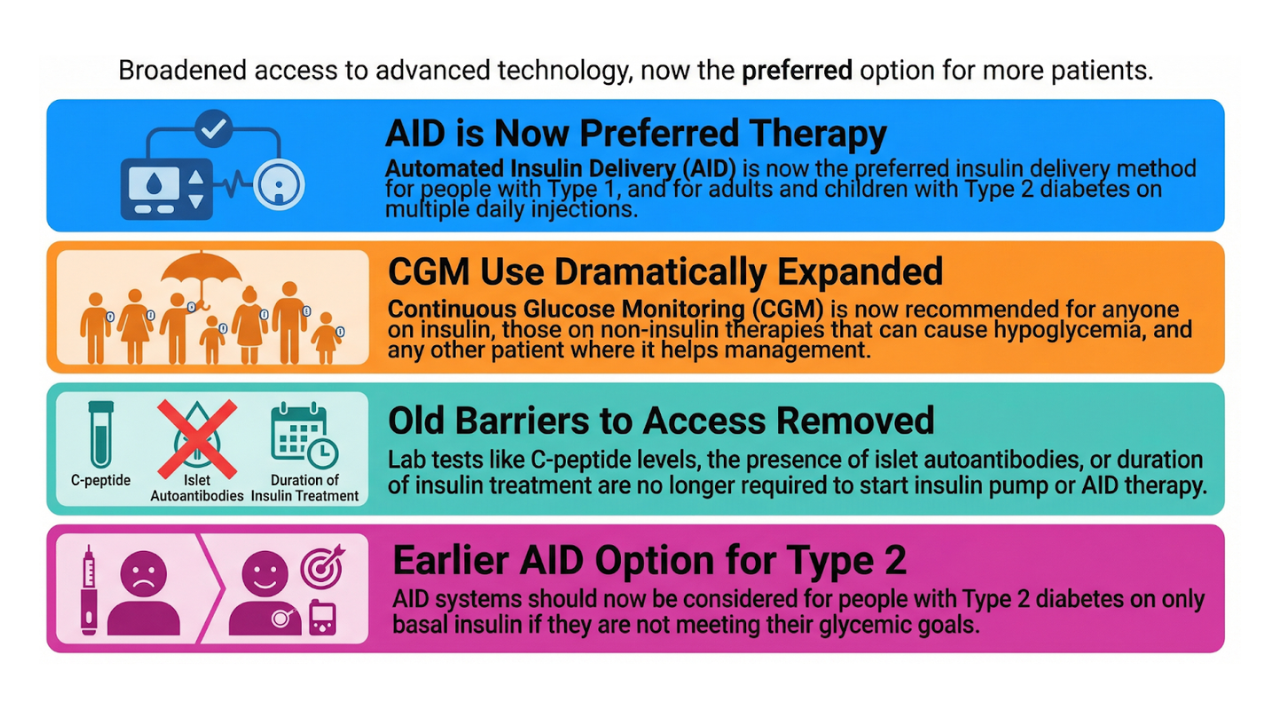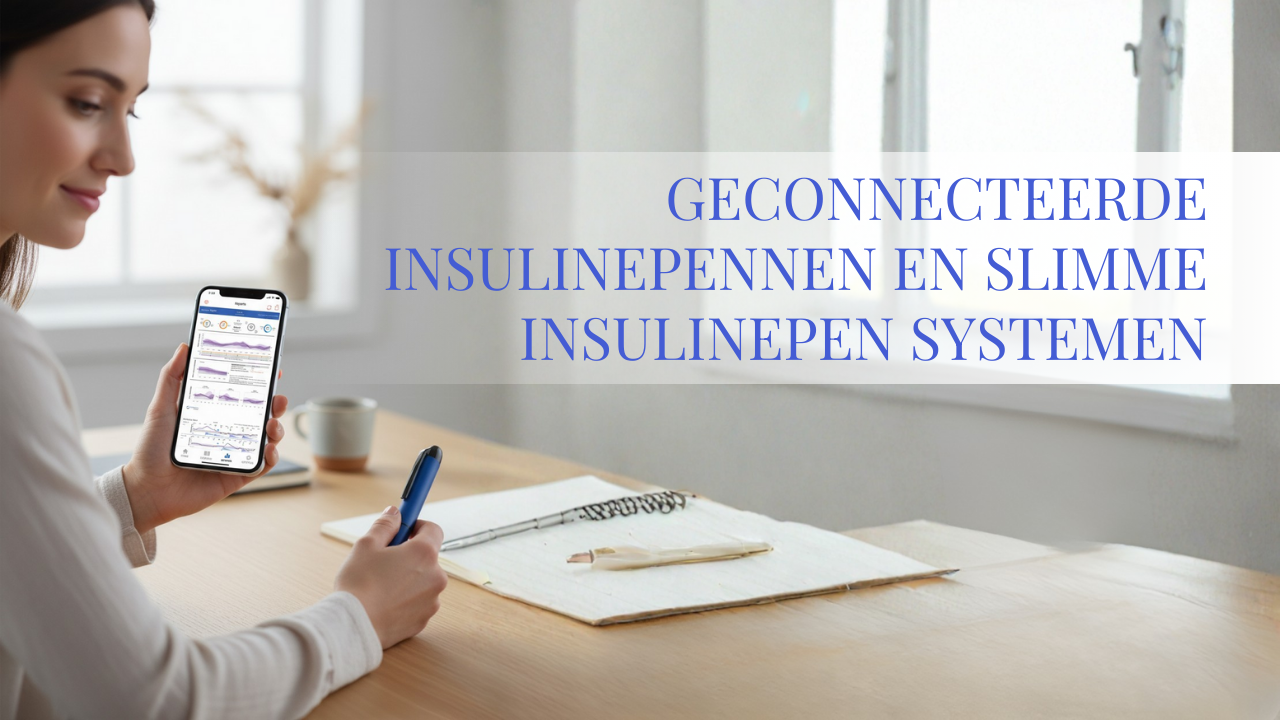Comparison between the MiniMed 780G and Tandem Control IQ
Apr 29, 2022
There are currently many different closed-loop systems on the market. The most popular choice worldwide is the MiniMed 780G or the Tandem Control IQ system. In this article I compare the pros and cons of both systems in 5 areas:
- the insulin pumps (MiniMed 780G <=> Tandem t:slim X2)
- the infusion sets (Medtronic <=> Tandem)
- the sensors (Guardian 4 <=> Dexcom G6)
- the algorithms (SmartGuard <=> Control IQ)
- and the results (TIR, TBR & time in auto mode)
That way you will get a clear picture of where the main differences are between the 2 systems, so that you can decide which system is best for you or for your patient.
Attention: in Belgium only the MiniMed 780G is reimbursed for people with type 1 diabetes! The Tandem Control IQ system is only available in a study context for a limited number of patients.
Get Access To Updated Diabetes Technology Courses
1. The insulin pumps: the MiniMed 780G versus the Tandem t:slim X2
The main differences between the Tandem pump and MiniMed pump are:
- the Tandem pump has a more modern appearance and is slightly smaller/thinner than the MiniMed pump. Since you have to carry the pump with you all the time, this is a very important advantage!
- the Tandem pump does have an additional luer lock at the level of the catheter, at 5 cm from the pump, which is perhaps less attractive than the catheter connector on the pump itself with the MiniMed pump.
- With Tandem, filling the reservoir is a lot more complicated, because you first have to remove the air from the reservoir, and the filling of the reservoir has to be done with a needle and a syringe. With Tandem it is assumed that you do this every 3 days instead of every 6 days with MiniMed.
- The Tandem pump is supposed to be charged daily with a microUSB cable for 10 to 15 minutes, for example in the car or at the PC, while the MiniMed pump uses an AA battery which you have to replace every week.
Both pumps have a very intuitive menu. The Tandem pump is the only pump where you need to adjust both the basal and bolus insulin parameters at the same time block in the insulin settings. So that takes some getting used to.
Another big difference is that the Tandem pump with Control IQ pump is mainly well established in America, where it has been available since 2019.
The t:connect software and the t:connect app with bolus function from the phone are also available there, while in Europe we still do not have a tracking app available, and we have to download the pump manually to Glooko. The t:connect software and app may become available in Belgium (and the Netherlands) in 2023.
2. Medtronic infusion sets vs. Tandem infusion sets
Tandem infusion sets are identical to Medtronic's Mio Paradigm, Mio 30, Silhouette and Sure-T infusion sets. They both are manufactered by ConvaTec.
In the meantime, Medtronic also has the renowned Extended Wear Infusion Set that has a 7 day wear time. Tandem has nothing similar for the time being.
3. The Guardian 4 sensor versus the Dexcom G6 sensor
The main differences between the Dexcom G6 and the Guardian 4 sensor are:
- the Dexcom G6 is much easier to insert than the Guardian 4. The Dexcom G6, for example, can also be placed with one hand.
- the Dexcom G6 sensor lasts 10 days instead of 7 days with the Guardian sensor.
- the Dexcom G6 transmitter only lasts 3 months instead of 1 year with the Guardian transmitter. While the Guardian transmitter requires a short charge with each sensor change, this is not necessary with the Dexcom transmitter.
As with the Guardian 4, calibrations are not necessary with the Dexcom G6, but if you doubt your value, it is recommended to do a calibration.
Other differences are that the Dexcom G6 may be less accurate in people taking hydroxyurea or Hydrea®. The Guardian 4 sensor can give false high values when using high doses of paracetamol.
Unfortunately, the Dexcom G6 sensor in Belgium is only available for a limited number of people in a study context.
4. The SmartGuard algorithm versus the Control IQ algorithm
The main differences between the Control IQ and SmartGuard algorithm (or "auto mode") are:
- the target value: while with the Minimed 780G it can be set at 100, 110 or 120 mg/dl, with Control IQ only a range between 112.5 and 160 mg/dl is possible. Control IQ does have a night mode where the range is sharpened to between 112.5 and 120 mg/dl.
- the autocorrection boluses: the Minimed 780G gives an autocorrection bolus every 5 minutes, Control IQ only does this once per hour.
- the start of the closed-loop algorithm: while the SmartGuard can only start after 48 hours in manual mode, Control IQ can theoretically do this immediately. (Although this isn't the best idea.)
- the type of algorithm: SmartGuard is a learning algorithm. This means that if a certain trend is noticed, such as a down phenomenon, SmartGuard will take this into account. It calculates the basal insulin rate and the insulin sensitivity based on the past 2 to 6 days. Control IQ, on the other hand, is not a learning algorithm, and only takes into account the expected glycemia over the next 30 minutes. In the event of a down phenomenon, you will therefore have to adjust the basal insulin rate yourself. On the one hand you can adjust more, but on the other hand you also have to adjust more to make the system work properly.
- extended bolus: with SmartGuard ("in auto mode") this is not possible. Control IQ is one of the only closed-loop systems where an extended bolus is possible, and is even offered systematically when you give a bolus.
- the adjustable factors: with SmartGuard you can adjust the target value, the carbohydrate ratio and the active insulin time. With Control IQ, in addition to the carbohydrate ratio, you may also need to adjust the basal insulin rate and the insulin sensitivity. You cannot adjust the active insulin time, it is fixed at 5 hours.
5. The results of the MiniMed 780G against the Tandem Control IQ system
Carlson et al. Oral presentation ADA 2020; Da Silva et al. Diabetes Technol Ther 2022; Brown et al. NEJM 2019; Breton et al. Diabetes Technol Ther 2021
It may also be important to take a look at which algorithm achieves the best glycemic control. The table above shows the results of the pivotal trial and real world data from both systems. It is striking that the results are largely the same! Secondly, you can notice that Control IQ has already been researched much better because it has been on the market for much longer. In America Control IQ has been available since 2019 and in total it is now used by about 200,000 people.
- The time in auto mode is very high on both systems at 94%, which indicates that there is no problem for the users to make everything work.
- Time in range (70-180 mg/dl): while you systematically see a TIR of around 75% with the MiniMed 780G, this is slightly lower with Control IQ. These are of course all different study populations and we should not compare them.
In January of this year, a first small comparative study was published in 90 people in Italy (Bassi et al. Frontiers in Endocrinology 2022). The MiniMed 780G seemed to do slightly better towards TIR, and Control IQ seemed to give slightly less hypos and glycemic variability.
The future will show which algorithm is the best. On the other hand, there is of course continuous work on even better algorithms and also updates of the pumps and sensors themselves. So the study results usually come when a better version is already available.
I hope you now have a better idea of the differences between the MiniMed 780G and the Tandem Control IQ system. If you have any questions feel free to drop them in the comment section below...
If you would like to know more about these systems, I have good news for you!

My course on the MiniMed 780G can now be viewed completely free of charge on this website as well as on YouTube!

And I now also have a new course about the Tandem Control IQ system: the Control IQ Academy! This online course is intended for healthcare providers who already have experience with the MiniMed 780G system. Just like the MiniMed 780G course, it can be viewed for free on this website as well as on YouTube.
Caution: the courses are in dutch. On YouTube you can watch the videos with subtitles in your language of choice.
So definitely check these courses if you want to be completely up to date with these 2 popular closed-loop systems. You can start right away!
Good luck!










